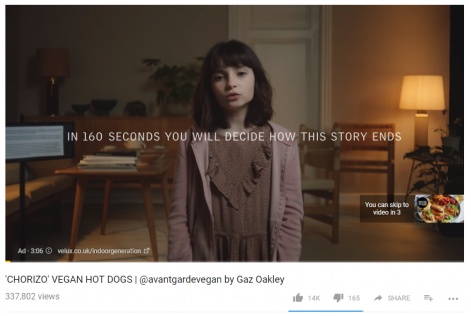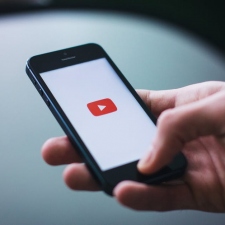Anyone who has aspirations of creating online video is likely to instantly think of YouTube; it's the biggest and longest serving online video service and a household name for the space.
In this instalment of our ‘how to make money’ series, we’re going to run you through how you could make a living, or at least a nice supplementary income, onYouTube. We'll be covering all the ways to monetise a channel and then some.
YouTube has become less alluring over the past year after what is widely known as the adpocalypse. However, it's still the perfect place to host video content and build a community.
Here's how you can get started.
Adsense/Adverts
The most efficient way to earn money via YouTube, but it's a slow burner. It's also even harder to generate income from ads now that YouTube has upped the parameters for monetisation. Channels must now have at least 1,000 subscribers and 4,000 hours of watch time before they're eligible to run ads.
It's also important to adhere to YouTube's 'advertiser-friendly' guidelines. The platform will automatically vet content and decide whether it's appropriate for advertisers or not. As we've seen, however, YouTube needs to tweak that algorithm a little to avoid further controversy.
There's several types of advert. There most common ones are:
- Display ads: These appear next to a video and creators will get paid if a viewers sees or clicks it
- Overlay ads: These appear over a video and a creator only sees revenue from that if a viewer clicks it
- Skippable ads: These play a full-sized advert before a video starts. Viewers can usually skip after five seconds, but a creator will get paid if a viewer watches 30 sedconds or more

YouTube also has non-skippable ads, mid-roll ads that will play during a video, and native mobile ads. Creators have the option to choose which type of ad they want to run on their channel.
However, it's worth noting that ad monetisation isn't available everywhere. YouTube has a list of countries where monetisation is available.
Merchandise
Once you've nailed some slick branding and made a few fans, the next step is to get some sweet merch made. Products like t-shirts, hoodies, mugs and hats, badges are all great places to start.
It does sometimes pay to be a little unorthodox with your merchandising. YouTuber NerdCubed took advantage of this in 2015 and released thongs and pillows with his face on. Sites like Spreadshirt, Red Bubble and Zazzle allow you to slap your logo on just about anything.
Maybe don't do a Zoella, though. Putting 12 lacklustre items inside an advent calendar and selling it for £50 is not a great way to reward your followers.
Just remember to constantly plug an external merch site to your YouTube and social channels so fans know where to buy it.
Patreon
Any old person can make a Patreon, but it's particularly useful to those who are still growing their YouTube channel.
It allows fans to support streamers with lower monthly donations if they're not eligible for or benefitting from YouTube monetisation.
Creators can also share other updates and perks that are exclusive to Patrons, encouraging viewers and subs on Twitch to hop over to there too.
Patreon also doesn’t have any hoops to jump through - just make an account, link up your Twitch page and you’re good to go. Providing people want to give you money, anyway.
Brand deals
Once you've figured out the direction of your channel and are building a fan base, it's time to look into working with companies. Influencer marketing is becoming one of the most efficient ways to market products, so your content and eyes may be of great use to someone out there.
Channels no longer need to have hundreds of thousands of subs to make an impact. Micro-influencers are on the up and brands are becoming increasingly aware of their power. Lean in to your niché.
Before pitching to a brand or company, have a good look at your channel's insights and figure out what resonates with your audience.
If videos about FPS shooters do better than others, it may be a good idea to approach a studio releasing a game in that genre. Don't approach companies or brands with products that won't appeal to your following.
The same rule applies if a company approaches you. While the offer of a brand deal is lucrative, it may not run in your favour if it leads to disingenuous content that the majority of your audience doesn't want to see. Audience trust leads to return on investment, which is what brands are looking for.
Brand deals can also help solidify your own presence as a company and extend to opportunities outside of YouTube!
Get the latest news, interviews and in-depth analysis on Twitter and Facebook.















